30 Greatest Scorsese Film References
Marty’s film school is now in session…
Blood And Black Lace (1964)

As Seen In: Kundun (1997)
The Shot: “The puff of blood coming into the fishpond is this incredible moment in Mario Bava’s Blood And Black Lace ,” gushes Scorsese, referring to the dream sequence in his Tibetan epic and its roots in early giallo – “when the woman is in the bathtub and she’s dead and she’s got black hair, a white face and bright red lips… it’s in a white bathtub and the blood pumps up.”
Manhattan (1979)

As Seen In: Bringing Out The Dead (1999)
The Shot: A rare modern(ish) reference in Bringing Out The Dead pays homage to Marty’s pal Woody.
Attempting to save a drug dealer impaled on a railing, Nicolas Cage looks out over the New York skyline as the strain of George Gershwin's 'Rhapsody In Blue' is heard – the sparks of a circular saw ironically echoing the fireworks of Manhattan 's famous opening sequence.
The Red Shoes (1948)
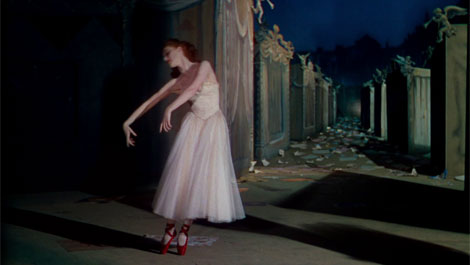
As Seen In: Raging Bull (1980)
The Shot: Marty loves The Red Shoes so much that he had a Cossack shirt tailor made in the same style to wear whenever he watches it.
“The ballet sequence is almost like the first rock video, it’s almost as if you’re seeing what the dancer sees and hears and feels as she’s moving” says Scorsese, citing it as the main reason his camera never leaves the ring during the boxing sequences of Raging Bull .
Bringing all the latest movie news, features, and reviews to your inbox
Citizen Kane (1941)
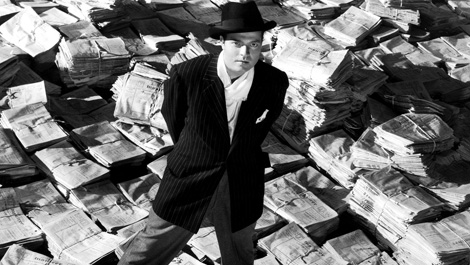
As Seen In: The Aviator (2004)
The Shot: Citizen Kane is an obvious touchstone for Scorsese’s Howard Hughes biopic – with some shots directly quoting Orson Welles’ masterpiece; the President of Pan Am towering over an extreme low-angle; the slow glide through the first party; and the ‘miraculous’ camera pass though the cockpit window all coming straight from Kane .
Vertigo (1958)
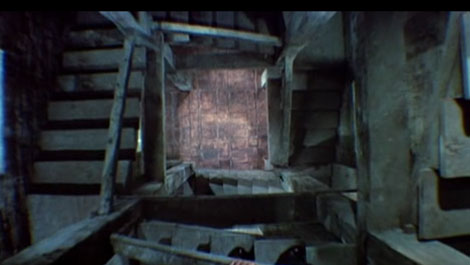
As Seen In: Shutter Island (2010)
The Shot: From asking Leonardo DiCaprio to match the body language of Dana Andrews in Laura to repeatedly screening Out Of The Past on set, the biggest influence on Scorsese’s twisty psycho-thriller Shutter Island was Vertigo – getting a nod of recognition in the final staircase scene with a shot-match of Hitchcock’s bell tower.
‘ Vertigo is probably my favourite Hitchcock film, and one of my very favourite films of all time,” says Scorsese. “It's a film that I'm obsessed with.”
The Searchers (1956)

As Seen In: Gangs Of New York (2002)
The Shot: The famous last shot of The Searchers – framing John Wayne in the open doorway as he makes his exit – is the best example of John Ford’s trademark.
Stealing it throughout his career, Scorsese mirrors it during the opening sequence of his “Western on Mars”, as Monk (Brendan Gleeson) kicks open the doors of the Bowery.
Things To Come (1936)
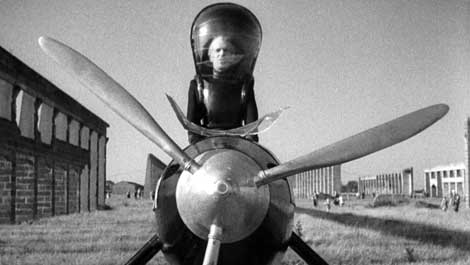
As Seen In: The Aviator (2004)
The Shot: Wanting the film to have an edge of science-fiction in the look and feel of the plane sequences, Scorsese asked his production designer, Dante Ferretti, to emulate “that art-deco thing that Menzies had in Things to Come ” – referring to William Cameron Menzies’ British sci-fi from 1936.
Contempt (1963)

As Seen In: Casino (1995)
The Shot: Famous for his use of music, it’s not just visual references that Scorsese likes peppering his films with. Slipping a bit of Barry Lyndon into the Gangs Of New York soundtrack and deliberately picking (Hitchcock favourite) Bernard Herrmann to score Taxi Driver – he even found a way of referencing Godard in the final shot of Casino .
“It seemed interesting to try the music by Delerue from Contempt , which I love for its sadness.” says Marty, “it’s so hard in the end credits to follow the Bach with anything, so we tried Contempt to wipe the slate clean.”
Scarface (1932)

As Seen In: The Departed (2006)
The Shot: This one’s pretty clever. Rewatch The Departed closely enough and you’ll notice a lot of ‘X’ shapes in the background (cross shaped pieces of wood, wire frames, shadows, graffiti etc.).
Look even closer and you’ll notice that they only pop up in the scenes directly before a character dies – a theme that continues until the final bloodbath, when everyone dies with their arms and legs spread out in crosses. Cleverer still is that all of this is a subtle tribute to Howard Hawks’ gangster classic Scarface – the first film to use the shape as a symbol (from the scar on Tony Camonte’s face to his spread-eagled death throws).
The Searchers (1956) (again)
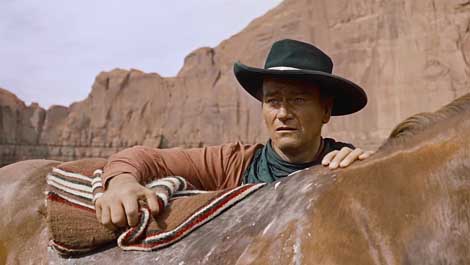
As Seen In: Taxi Driver (1976)
The Shot: Here it is again... Essays, books and boring dissertations have been written about the links between Taxi Driver and John Ford’s Western masterpiece, The Searchers , but the comparison points aren’t just in the story – with Sport’s (Harvey Keitel) cowboy boots carefully selected to match a pair in the original film. (And Travis Bickle’s final, smoke-filled exit into the wilderness of New York is another nod to Ford’s iconic final shot of John Wayne sauntering off in silhouette).


